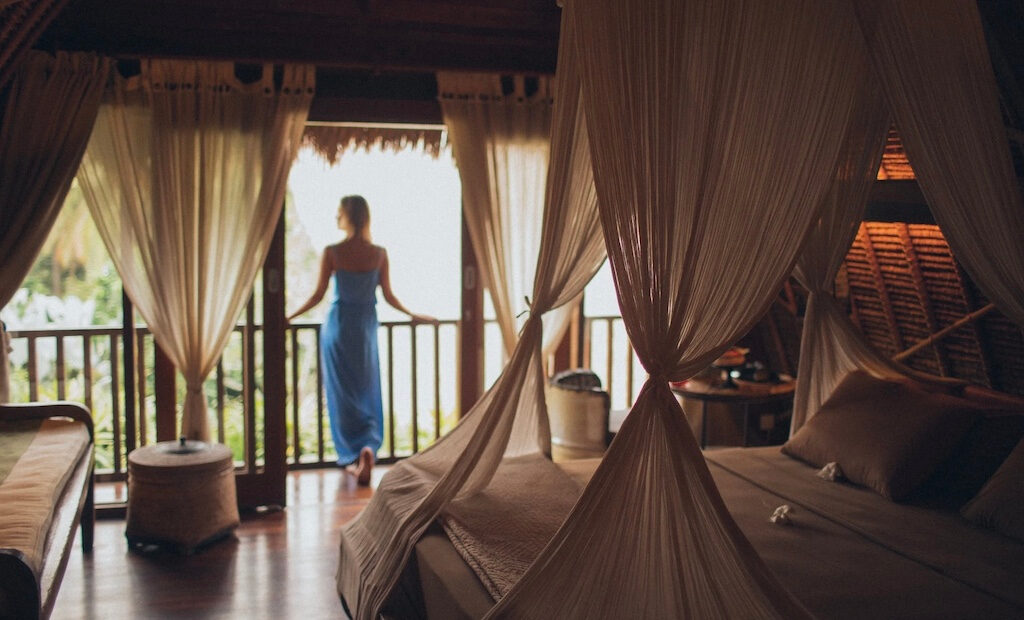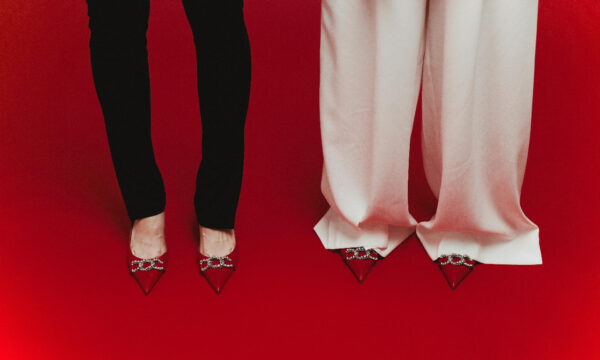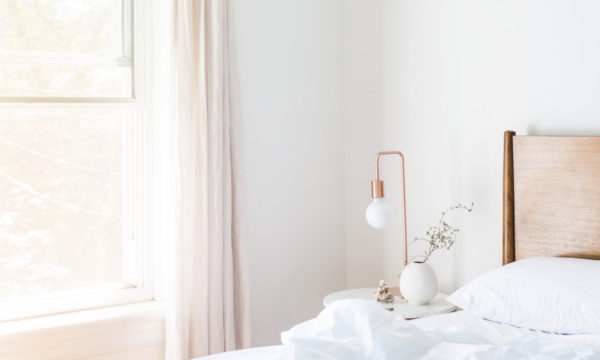From haute to home: Trends in luxury hotel interiors

As the hospitality and travel industry regains its strength, people are flooding back into the opulent halls of luxury hotels and guesthouses – which means competition is fiercer than ever. Hotel customers expect only the best from the accommodation they choose, so keeping up with the latest interior design trends has never been more important.
Soothing, homely atmospheres
In 2022, many hotels are adopting a more comfortable, mood-boosting approach to interior design and atmosphere. In the past, hotel trends have stuck mainly to a sense of heightened modernisation and novelty design choices, whereas the travellers of today prefer a cosier environment to spend time in. This trend is important because it sets the tone for all other experiences a guest may have at a hotel. If they feel comfortable, warm and at home, they are likely to extract more value out of their stay.
Hotel designers can create a gentler, cosier atmosphere by investing in soft wattage mood lighting or non-toxic candles for a distinctly homey feel. These candles are also great for adding natural fragrances and preventing allergic reactions that could occur with synthetic substitutes.
Advanced technological amenities
In this day and age, hotels, especially those that deem themselves as one of the “luxury” brands, can no longer get by with just Wi-Fi access and an adequate number of power outlets. Consumers in the 2020s are bred for high-speed technological communication and entertainment, which is why improving a hotel’s technological amenities is a strong move to make this year. There are many ways to expedite this change at any luxury hotel.
Creating a functional co-working space for remote workers and digital nomads is a must, along with iPads instead of computers for bookings and accommodation procedures, and keyless room entry via smartphone apps and QR codes. Some hotels are even turning to robotics for concierge assistance, deliveries and assisted housekeeping throughout the lodgings.
Technological improvements like these communicate a message of participation in current advancements and can additionally boost efficiency for both guests and employees at any hotel. All of these amenities amplify the sense of technological fluidity, attracting guests from all over the world who can benefit from these advanced services.
Natural wooden materials
Increasingly, trend analysts are seeing more wooden textiles in the realm of hotel interior design. The organic hues, textures and overall visual impact of raw wood have a soothing, calming effect on the mind, circling back to that feeling of “home” that so many venues are aiming to recreate in this season.
Rustic, natural wood can feature in a variety of hotel interior elements, such as flooring, wall panels or even a statement piece like a sanded-down chunk of driftwood suspended from the ceiling. In fact, using reclaimed driftwood is a huge trend for any interiors in 2022, due to being a sustainable natural resource and having an enigmatic appeal. Wood is a timeless textile that has countless practical and aesthetic purposes.
Hotel designers clearly have a lot to work with, and these three trends are a good place to start.
The editorial unit
























Facebook
Twitter
Instagram
YouTube
RSS